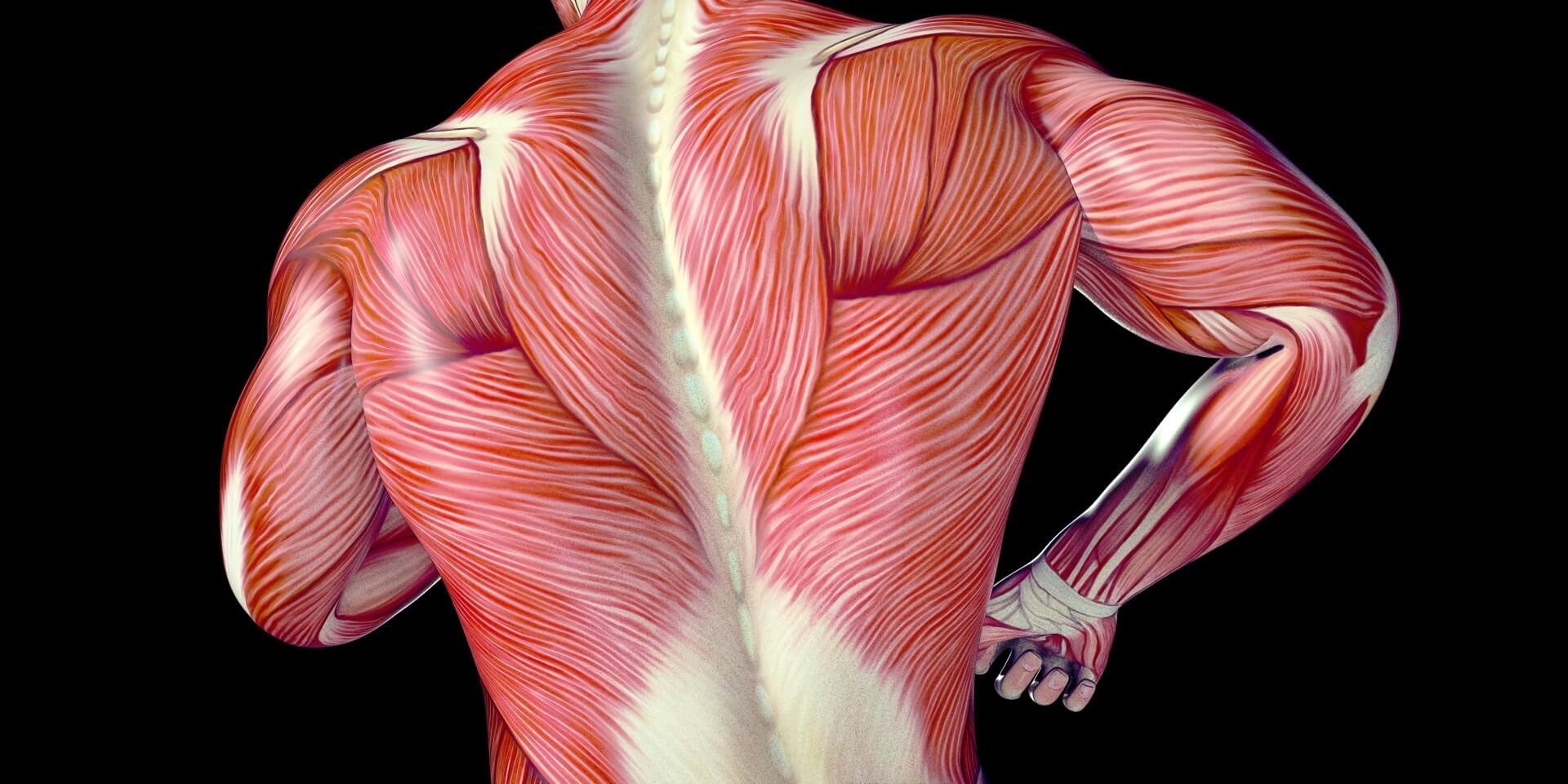
The human body is a complex living. There are many cells and organs that work in the system. The complexity of understanding the human body has been shown by researchers and scientists still finding answers on the many unsolved mysteries or yet to be known about the human body. This information will help in improving human health and life in general. Getting regular health screening can provide early information on the possible diseases in the body. In this article, we will learn more fascia in the body.
Fascia is made up of sheets of connective tissues found below the skin. The fascial tissue is a four-dimensional network wrapping around and separates every part of the body. The fascia is known as the four-dimensional because it operates beyond the three physical dimensions to connect and interact with the central nervous system. This will create structural continuity that shapes tissue and organs. It also helps in the functions of tissue and organs. In general, fascia is a generic term used to describe any sheath or dissectible mass of tissue that attaches, covers and/or separates the deep structures of the body.
There are few types of fascia which are superficial and deep fascia:
- Superficial fascia is the connective tissue that separates the skin from the underlying muscle tissue. It can be found directly under the skin and superficial fatty layer. In the trunk, superficial fascia is more extensive than in the legs. Superficial fascia at times may be associated with muscle fibres to create structure in the body such as platysma muscle in the neck and the external anal sphincter. Scarpa’s fascia is the subtype of superficial fascia.
- Deep fascia have more dense fibre and rich in hyaluronan which surrounds the bone, muscle, nerve and blood vessels. Deep fascia often have concentrated blood vessels and contain lymphatic channels. Deep fascia can contain nerve endings such as Ruffini and Pacinian corpuscles. It can be divided into two subtypes which are aponeurotic fascia and epimysium fascia.
- Visceral fascia surrounds organs in cavities like the abdomen such as heart (pericardium) and lung (pleura).
- Parietal fascia which the tissue lines the wall of the body cavity slightly outside the parietal layer of serosa. Commonly known one is parietal fascia in the pelvis.
Fascia may seem like a passive structure but it is actually an active one. It works by providing support for surrounding tissue, helping lower friction and a great supportive role for both organs and tissues. Fascia in a healthy state can be seen as relaxed with wavy connective tissue. The fascia can lose its malleability if it is damaged through trauma or inflammation onto the fascia. Such an event will lead the fascial layers to restrict and tighten movement of the tissue beneath it. Eventually, pain, limited range of motion and decreased blood flow can be seen or experienced.
Now that you know more about fascia, do you know the importance of fascia in the medical field? One of the common issues with problematic fascial layers is compartment syndrome. Compartment syndrome is a painful condition resulting from the build-up of higher than normal pressure within the muscles. Fasciotomy is a procedure where the compressed fascia caused by compartment syndrome is cut to relieve the pressure. Another issue with fascia is in cases of plantar fasciitis resulting in inferior heel pain. In rare cases, necrotizing fasciitis can be caused by the inflammation and death of the multiple layers including fascia, muscle, fatty layer and dead cells of overlying skin. Myofascial release is provided by physical therapists to treat myofascial pain syndrome by gentle massage to release the tightness and pain throughout the myofascial tissue.
For surgeons, fascia plays a lot of roles in improving surgical outcomes. Surgeons suture superficial fascia together to ensure no weakness in the wound. In case of patients with low nutrition such as malnourished, suturing the fascia can be difficult and this shows the importance of adequate nutrition before an operation. Aponeurotic fascia can be used as a surgical patch by plastic surgeons. In certain cases, ligaments of the face may be cut or released for aesthetic purposes. For inguinal hernias, surgeons may use Desarda technique that sutures the aponeurosis of the abdomen’s muscle, resulting in mesh-free repair.
It can be concluded that fascia are layers of connective tissue that surround every part of the body. It is flexible and stretches. It functions in supporting surrounding tissue and plays a big role in supporting organs. There are several types of fascia and it will depend where the fascia is located. Fascia is more than just connective tissue as disruption to the fascial integrity can cause symptoms such as pain. The importance of knowing fascia helps healthcare professionals to provide the best approach and treatment for patients. Beside physical pain that can be posed by fascia that is tightened or restricted, it is possible for human to have emotional pain simultaneously. Emotional stress has also been proved to cause fascia to become tight and rigid.




